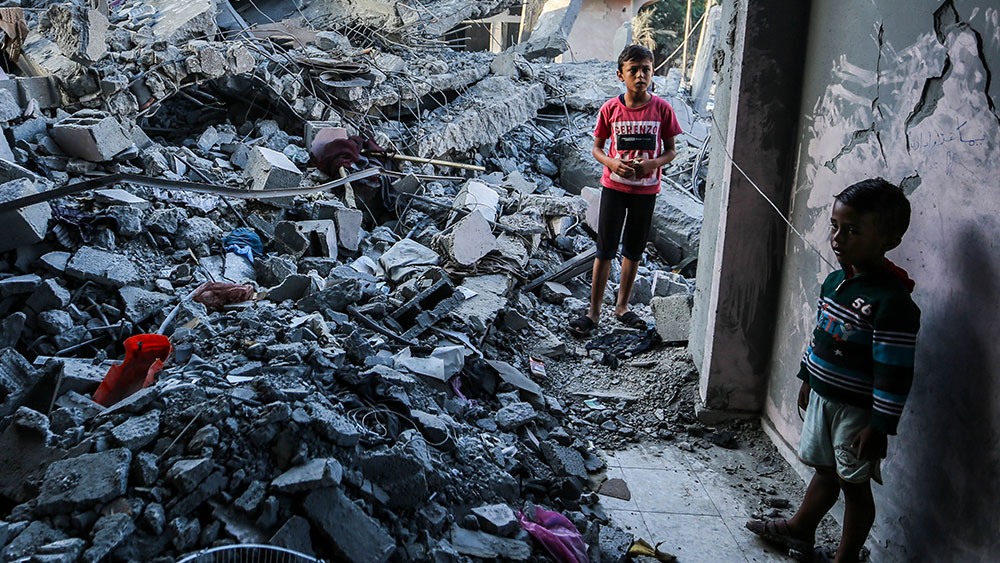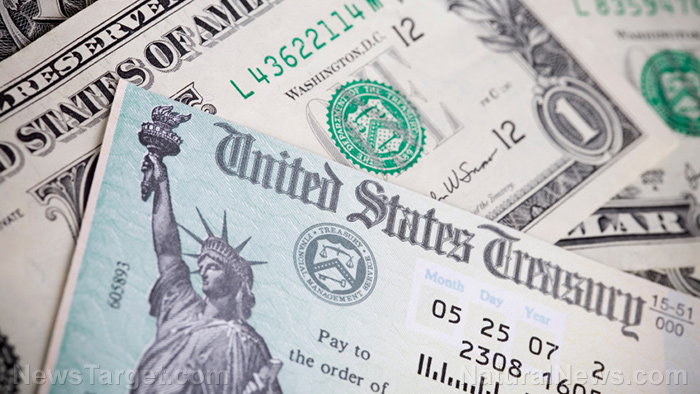Local food banks struggling to keep up with demand as inflation leaves more Americans hungry
As inflation continues to affect American consumers, local food banks are seeing increasing levels of demand – and they are struggling to meet it.
The chief executive of the Manna Food Center, Jackie DeCarlo, told the
Washington Post that they were experiencing “unprecedented” demand. They exceeded their previous record, which was set during the pandemic, last month when they supplied 5,781 families with food.
Other
food banks in the area are experiencing similar rises in demand, with the Capital Area Food Bank distributing 31 percent more food since July 1 and Food For Others, which serves up to 250 people per day, distributing 30 percent more food this year than last year.
In Louisiana, the Greater Baton Rouge Food Bank reports that its shelves are also emptier this year
thanks to inflation. Their president and CEO, Mike Manning, said that the governmental programs and national donations they depend on have “dried up.”
He explained: "A lot of companies have refined their operations to not produce as much. It's limiting the amount of product available, so not as much is becoming available off those shelves to donate to us."
Compounding the issue is the growing demand they are seeing, with people who had previously broken free of their dependence on the food bank now returning because of inflation and the financial issues it has created for them.
Food banks in Missouri and Kansas are also seeing spikes in demand. The operator of the Reola Grant Center for Family Life Development in Kansas City, Janice Witt, said the situation there is so bad in terms of overwhelming demand and lack of funding and food that they are
thinking about closing their doors for good.
“I would say it's close to the worst. It's very close to the worst. It's just very different, to be honest. I think we are now in a worse condition than we were with COVID, because now we have people who need food, but the money isn't there,” she noted.
The food banks themselves are also taking a hit when it comes to donations thanks to inflation. For example, the Chief Development Officer of the Lowcountry Food Bank, Brenda Shaw, told
ABC 4 News in Charleston that donations have been dropping.
She said: "Maybe not necessarily the number, but the average gift amount. We've definitely seen a decline in that, and I think that speaks to those people that give us $100, and now they're giving us $50 because $50 fills up their tank."
Inflation is also impacting their transportation costs. She noted that they sometimes receive truckloads of donated produce from nearby states but still have to pay to get the truck to their facilities.
Unfortunately, this comes at a time when demand is rising. She said that they used to see around 150 people each month before the pandemic, and although their numbers reached over a thousand during the height of the pandemic, they are still seeing up to 600 people per month.
Food bank struggles a reflection of the poor state of the U.S. economy under Biden
San Antonio Food Bank CEO Eric Cooper said that the
struggles so many food banks are facing right now reflect just how bad the economy is. He said: “That’s almost one in three people who are leaning on the food bank for some food or programming or service, and that sends a message that the economy is not doing well.”
He pointed out that rising rent, transportation, utilities and childcare are leaving people without enough money to put food on their tables.
As many Americans struggle to make ends meet and feed their families and
food banks have trouble meeting demand, it can be very disheartening to see the U.S. spending billions of dollars on housing and feeding illegal immigrants and supporting the war efforts of Ukraine and Israel. Unfortunately, this is the reality right now in Biden’s America.
Sources for this article include:
Breitbart.com
ABCNews4.com
WBRZ.com
KMBC.com
KENS5.com
 Parler
Parler Gab
Gab










